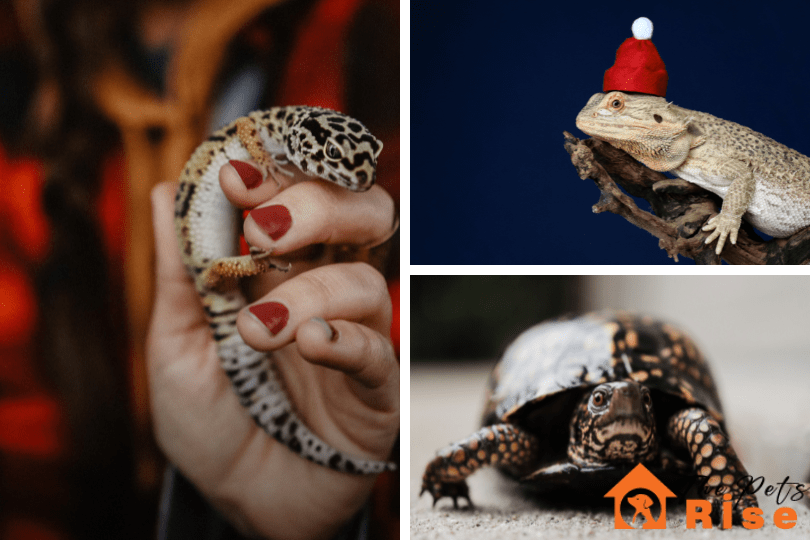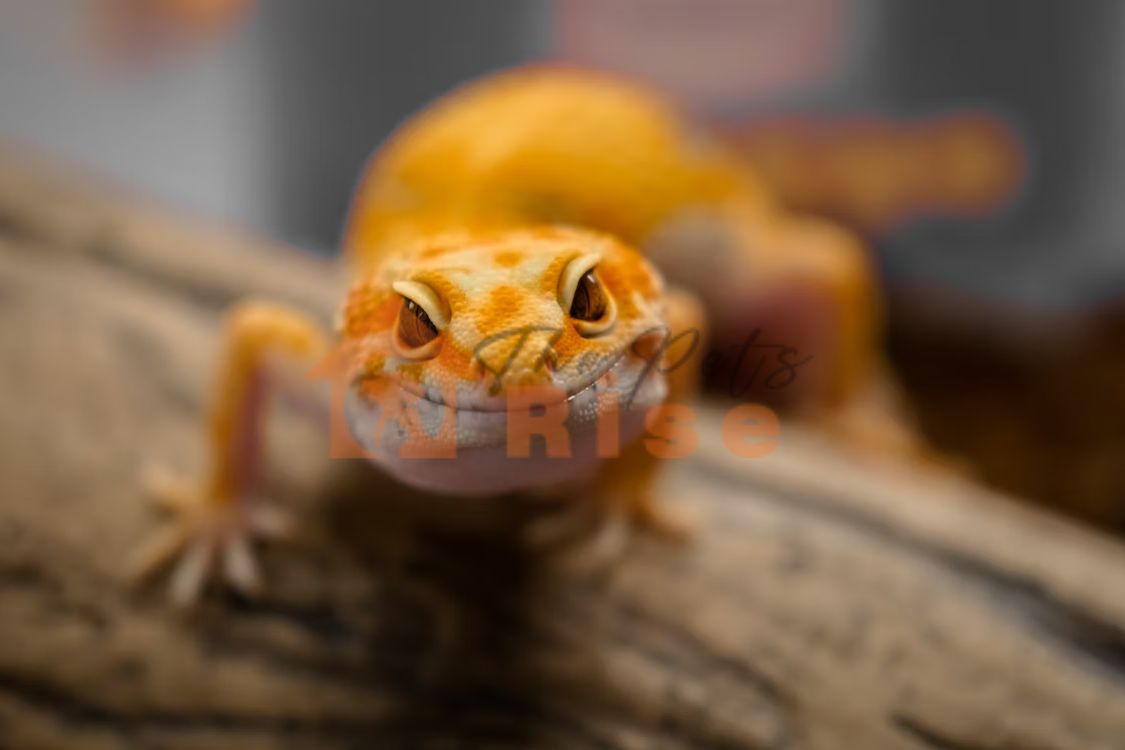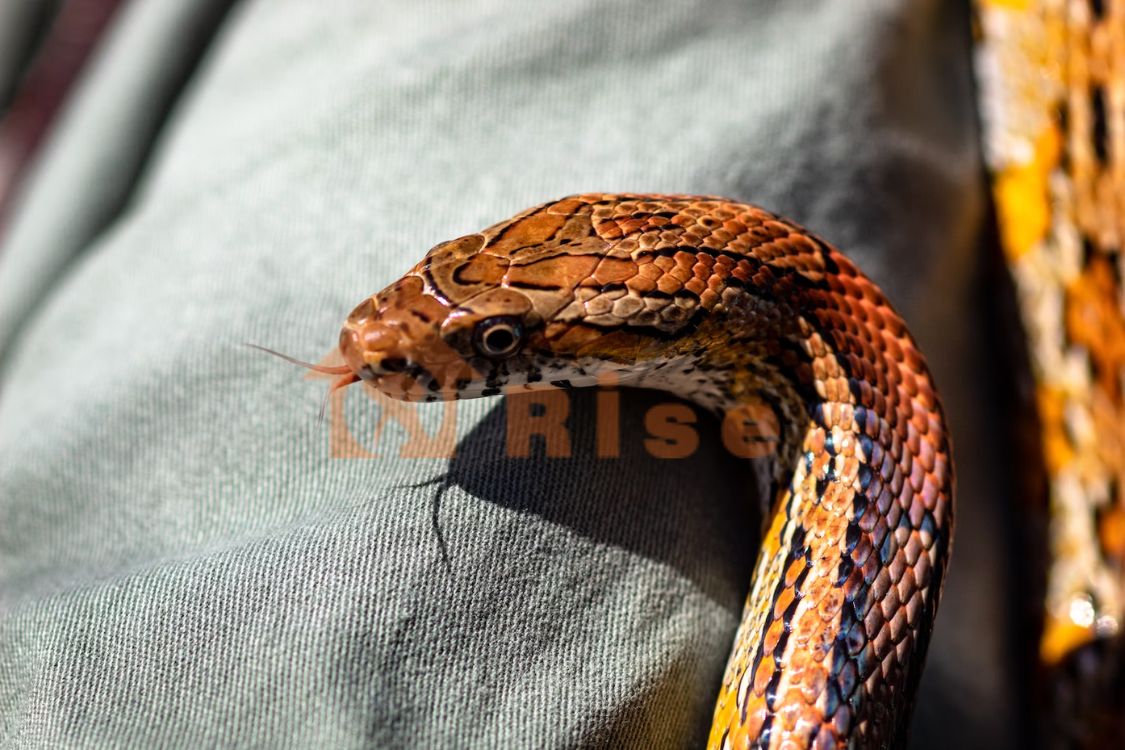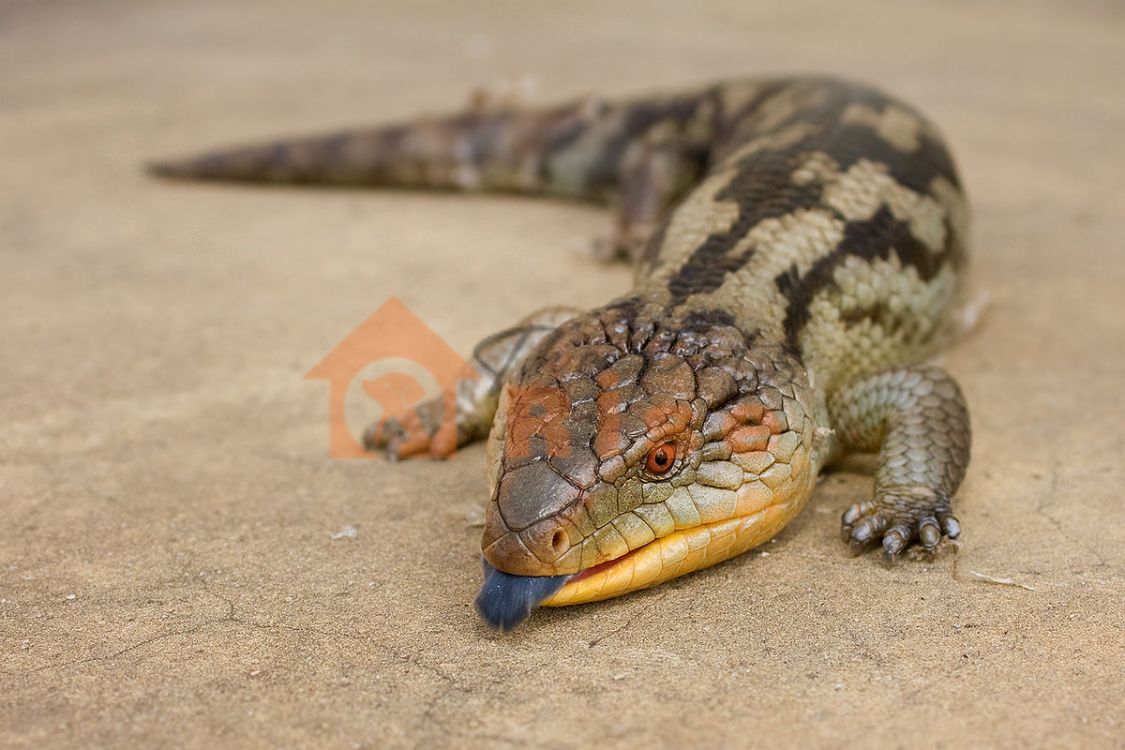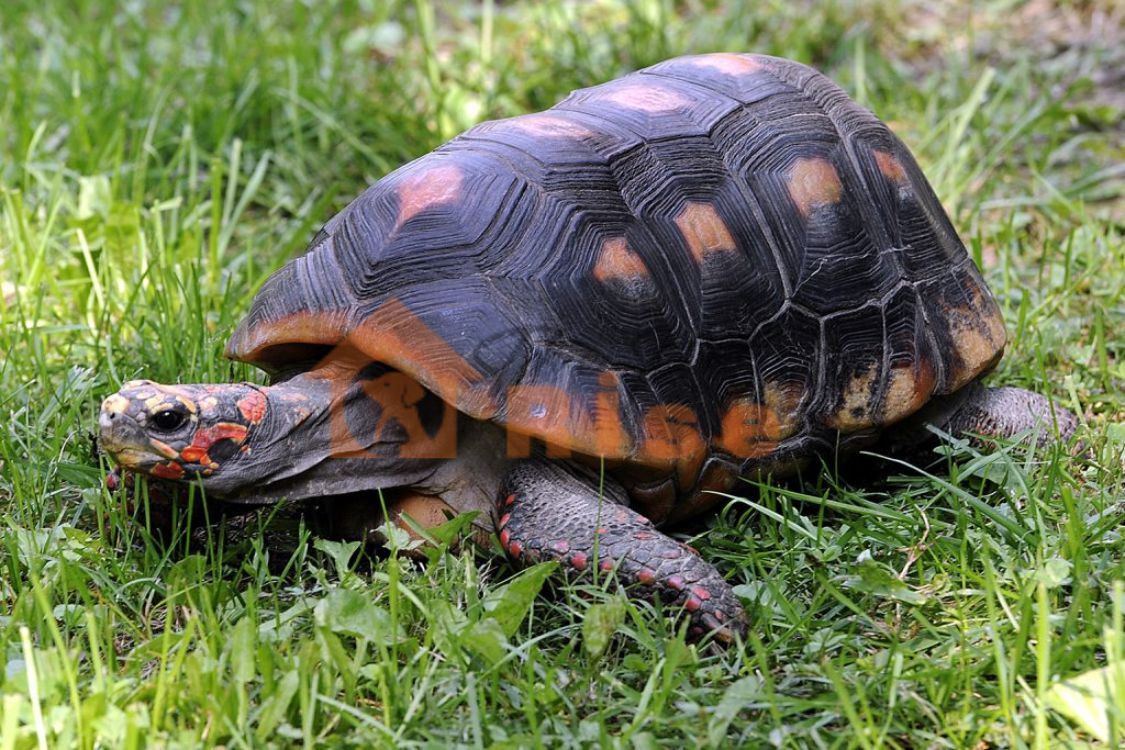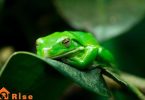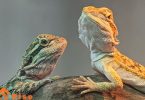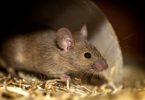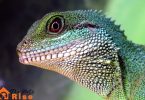Easiest pet reptiles for kids is dream come true moment not only for kids but for the parents who don’t want to own a dog or cat. It could be for any reason mainly because they have small space. However, there is a wide variety of pets for kids to own. If your kids have an interest in reptiles then look for the friendliest lizards to own for your kid.
However, reptile petting is not what mainstream petting looks like. Reptiles as pets are much different than owning a cat or dog. They are more on a “Watch Side” rather than on cuddling. Also, they have a distinct diet which also includes live food such as insects and even eggs.
Why Reptiles For Pets Is A Great Idea?
There are many reasons why reptiles make great pets for kids. They are low maintenance, don’t need to be walked, and are generally very quiet. Reptiles are also a great way to teach kids about responsibility, as they need to be fed and have their habitat cleaned on a regular basis.
If you’re thinking of getting your child a reptile pet, here are six of the best options to consider:
1- Leopard Gecko
Leopard geckos are one of the most popular reptile pets for kids, and it’s easy to see why. They are small, gentle, and easy to care for. Leopard geckos are also very docile, making them perfect for handling.
Leopard geckos are one of the most reptiles as pets and for good reason. They’re one of the easiest pet reptiles for kids. They don’t require a lot of space, making them ideal for small homes.
Leopard geckos are nocturnal and spend most of their time hiding in burrows during the day. They’re timid by nature, so they’re not the best choice if you’re looking for a pet that you can handle frequently. Their life span is around 20 years.
Leopard geckos are native to Pakistan, Afghanistan, and India, and they’re closely related to other gecko species, such as day geckos and house geckos.
2- Bearded Dragon
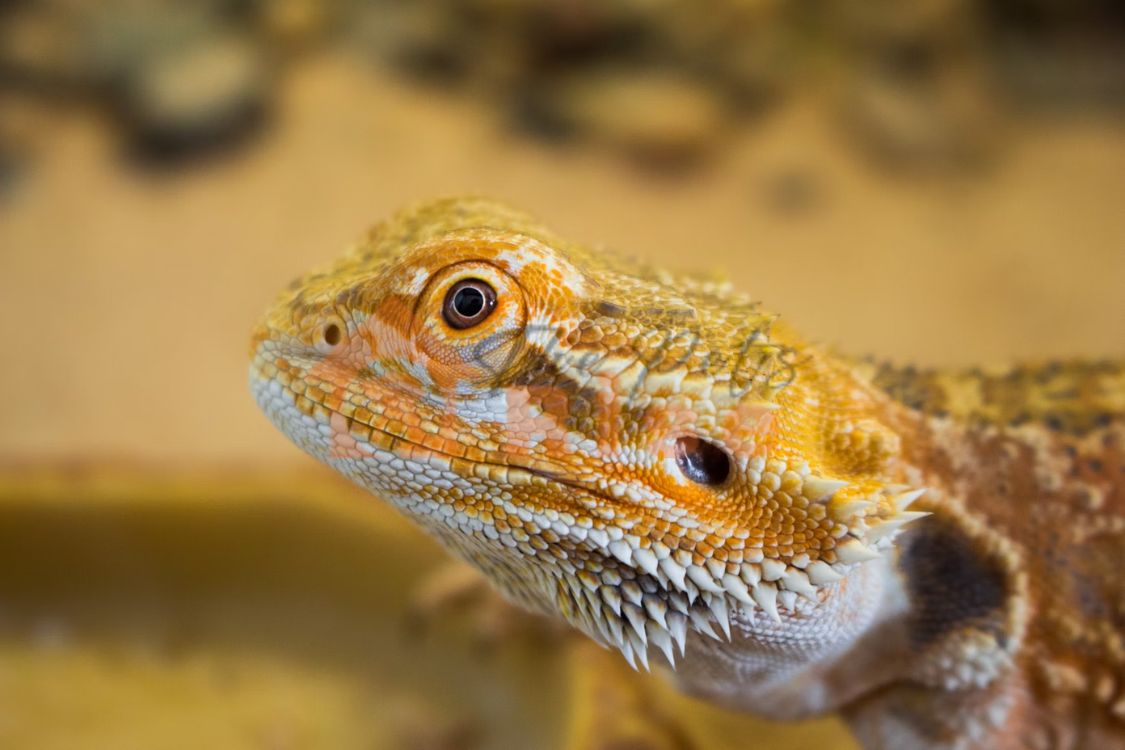
Bearded dragons are another popular choice for kids. They are relatively easy to care for and make great pets. Bearded dragons are also very social, so they will enjoy being handled by your child.
Bearded dragons are one of the most popular reptiles, and they make great pets for both children and adults. They’re relatively easy to care for, making them ideal for first-time reptile owners including kids.
Bearded dragons are native to Australia, and they’re closely related to other lizard species, such as monitor lizards and iguanas.
Bearded dragons are omnivorous, and they eat both plants and animals. In the wild, they eat a variety of insects, such as crickets and mealworms. They also eat leaves, flowers, and fruits.
In captivity, bearded dragons should be fed a diet of both plants and animals. A variety of commercially-prepared diets are available, or you can feed your bearded dragon a diet of live insects and vegetables.
3- Corn Snake
Corn snakes are good reptiles for pets for kids. If your kid is a bit adventurous then this is a great reptile pet. They are relatively easy to care for, but they are also active and curious snakes that will keep your child entertained.
Corn snakes are one of the most popular reptiles, and they make great pets for both children and adults. They’re relatively easy to care for, and they have docile nature. This makes them ideal for first-time reptile owners as well.
Corn snakes are native to the southeastern United States, and they’re closely related to other snake species, such as garter snakes and rat snakes.
Corn snakes are carnivorous, and they eat a diet of rodents in the wild. In captivity, they should be fed a diet of frozen/thawed mice or rats.
You can go for commercially-prepared diets for these reptiles for preschoolers, but most corn snakes prefer live prey.
4- Blue-Tongued Skink
Blue-tongued skinks make great pets for kids who are looking for a reptile that is a bit more interactive. These skinks are very social creatures that enjoy being handled and played with.
They are medium-sized skink that reaches lengths of 18 to 24 inches, with very thick body. The Blue-Tongued Skink is a very slow-moving, docile species of skink, and is one of those good pets for 8-year-olds that you can get right now.
They are not very active and spend most of their time basking in the sun. They are very hardy animals and are able to adapt to a wide range of conditions. The Blue-Tongued Skink is a very interesting animal. They are very docile skinks and rarely bite. When they feel threatened they will open their mouth and extend their blue tongue.
They do this to scare away predators, but it also seems to have a calming effect on their owners. They will also make a hissing noise when threatened. The Blue-Tongued Skink is one of the easiest reptiles to take care of. They are very hardy and can adapt to a wide range of conditions.
5- Red-Foot Tortoise
Red-foot tortoises are another great pet for kids. They are low maintenance and can live for many years with proper care. Red-foot tortoises are also very calm-natured, making them perfect for handling.
Red-foot tortoises are medium-sized tortoises that can grow to 18 inches in length and live over 80 years. They are native to South America and prefer a warm tropical habitat. They are very adaptable tortoises and can live in dry forests and wet rainforests.
Red-foot tortoises are herbivores and prefer a diet of leafy greens and vegetables. They are the easiest pet reptiles for kids as they will also eat some fruit. Red-foot tortoises are social creatures and do well in groups. They are active during the day and like to bask in the sun.
6- Leopard Tortoise
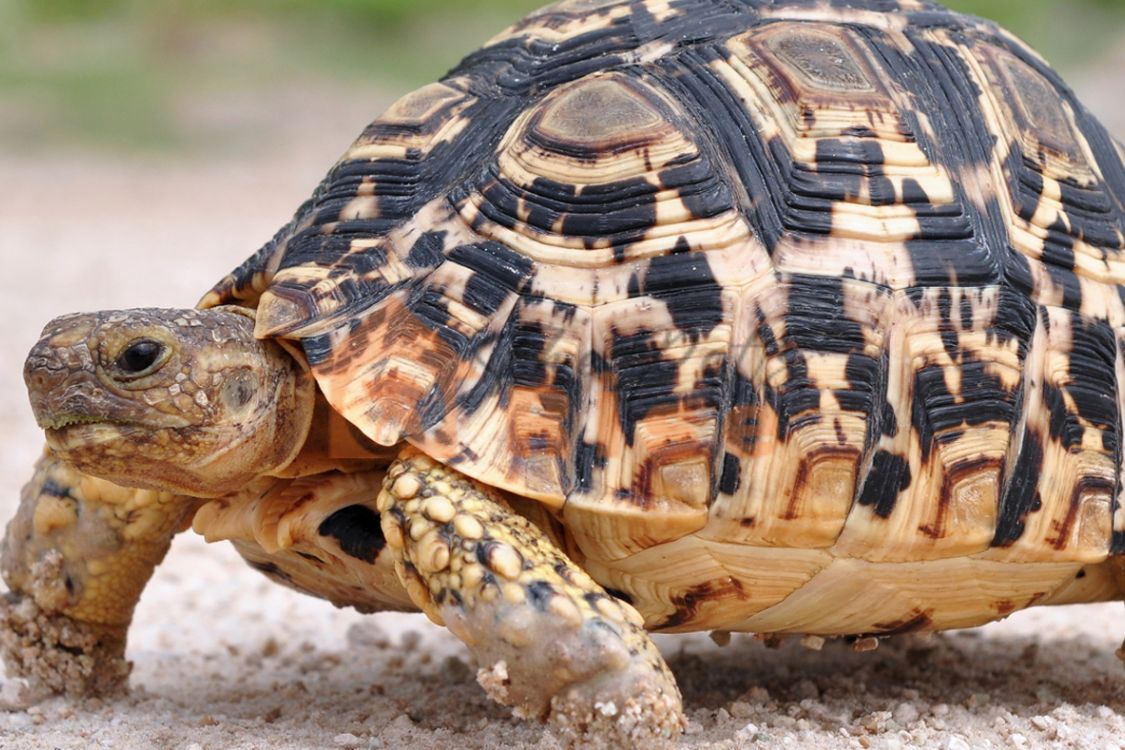 Leopard tortoises are another great pet for kids. They are low maintenance and can live for many years with proper care. Leopard tortoises are also very docile, making them perfect for handling.
Leopard tortoises are another great pet for kids. They are low maintenance and can live for many years with proper care. Leopard tortoises are also very docile, making them perfect for handling.
Leopard tortoises have yellow, gray, brown, or black shells with brown, yellow, or orange spots. Their spotted shells blend in with the dry grasslands where they live. These tortoises can grow to be 18 to 20 inches (46 to 51 centimeters) long and weigh up to 100 pounds (45 kilograms).
The front legs have large claw-like nails for digging. One of the largest species of tortoise is the leopard tortoise. Leopard tortoises have a long life span. They can live up to 80 years old in the wild.
7- Russian Tortoises
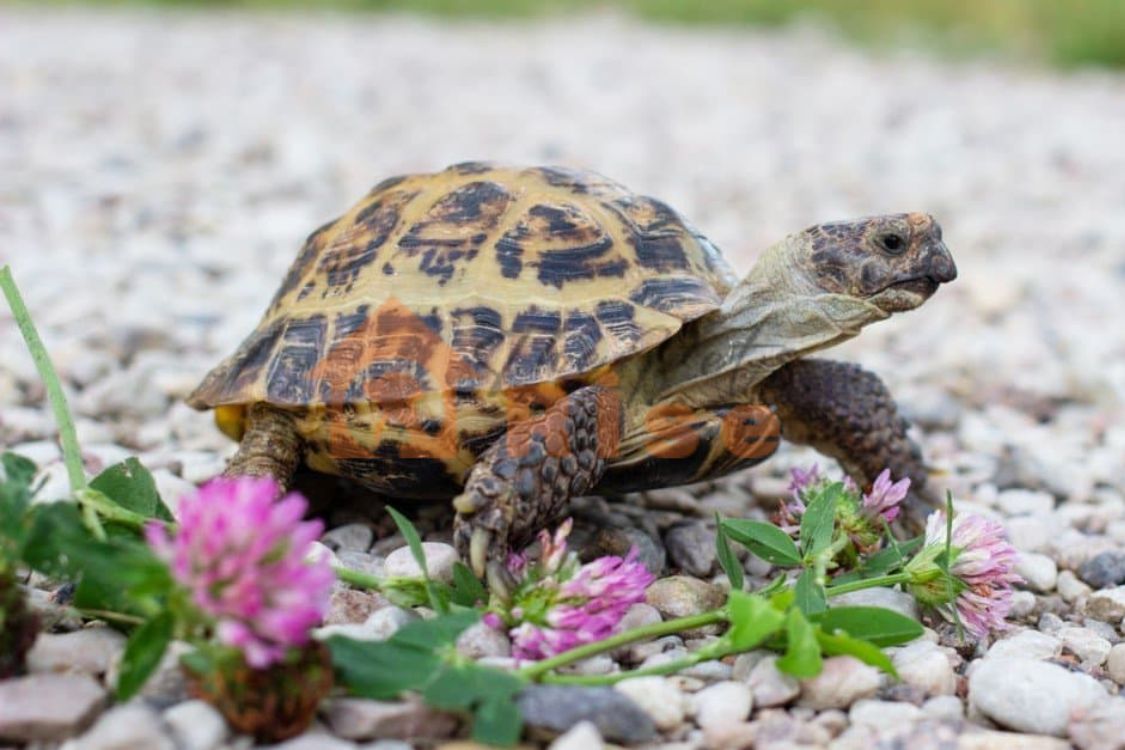 The Russian Tortoise is a popular pet tortoise. They are small, hardy, and easy to care for making them a good pet for 8-year-olds. They are also very active and love to explore their surroundings. In captivity, Russian tortoises can live for more than 30 years.
The Russian Tortoise is a popular pet tortoise. They are small, hardy, and easy to care for making them a good pet for 8-year-olds. They are also very active and love to explore their surroundings. In captivity, Russian tortoises can live for more than 30 years.
Typically Russian tortoises do not like when you hold them in their hands. They will often retreat into their shell whenever they sense you approaching. However, with a little patience and care, you can help your tortoise get accustomed to being touched.
Conclusion
Many kids are fascinated by pet reptiles, and there are a number of great options to choose from. In this article, we discussed the easiest pet reptiles for kids because they are usually low maintenance and can be very interesting to watch.
While there are several exotic pet reptiles to choose from, not every reptile will suit your kids. Our list of the easiest reptiles to take care of for your kids will help you to choose the right reptile for your kids.
If you are considering getting reptiles as pets for your child, be sure to do your research and choose a species that is appropriate for their age and level of maturity. Keep browsing our reptile care guides for more information.

